By Dr. Deborah Gentile and Team
Asthma is a disease that is increasingly recognized as a major public health concern, especially in the Pittsburgh area. It is one of the country’s most common and costly diseases, affecting one in 13 people with annual costs around $56 billion.

Pennsylvania has a slightly higher asthma rate (9.6 percent) compared to the rest of the United States (9 percent), and children (10.2 percent), especially black non-Hispanic children (19.3 percent), are disproportionately affected. Asthma is one of the top causes of missed school days, and chronic school absenteeism can have a profound impact on a child’s ability to learn, participate in physical activities and develop healthy peer relationships.
Despite advances in the treatment of asthma and an abundance of available medical care, the Pittsburgh region remains a very challenging area in which to live with asthma. The Allergy and Asthma Foundation of America currently ranks Pittsburgh the 27th most challenging U.S. city in which to live with asthma based on a combination of factors including a high prevalence of asthma, high poverty rates, a high rate of poor asthma control and high levels of exposure to known asthma triggers including air pollutants and environmental tobacco smoke (ETS).
Numerous studies have shown that air pollution is associated with an increased risk of asthma development, increased respiratory infections and wheezing and increased emergency visits and hospitalizations for asthma. Particulate matter (PM) affects more people than any other pollutant, and the most health-damaging particles are those with a diameter of 2.5 microns or less (i.e., PM2.5) given their ability to penetrate deep within the lung.
With funding from the Breathe Project as well as the Jefferson Regional Foundation, three local researchers partnered to conduct the Surveillance and Tracking of Asthma in our Region’s Schoolchildren (STARS) study. Deborah Gentile, MD, and Jennifer Elliott, PharmD, both from the School of Pharmacy at Duquesne University, conducted asthma surveillance and tracking among elementary school children in the Pittsburgh region.
They utilized a validated survey to assess asthma prevalence, severity and control among the study population. They also collected information on ETS exposure. Regional air pollution data from the group of Albert Presto, PhD, at Carnegie Mellon University was used to explore associations between asthma outcomes and levels of outdoor air pollutants such as PM2.5 and Black Carbon (BC).
A total of 213 children from Clairton Elementary School were enrolled in the study. Results revealed that asthma rates in the children from Clairton are nearly double the rate reported by the state of Pennsylvania (18.4 percent vs. 10.2 percent, respectively). As in previous studies, African-Americans and poorer children from Clairton have significantly higher rates of previously diagnosed asthma compared to white and wealthier children.
The mean residential distance from the Clairton Coke Works Plant, the largest coke plant in North America, is one mile, and 25 percent of children reside at least partially in the path of prevailing wind from the plant. Children who reside within closer proximity to and partially in the black carbon and PM2.5 exposure than children living farther away or outside the path or prevailing wind. An alarming 60 percent of the children studied from Clairton had PM2.5 exposures above the recommended World Health Organization threshold to reduce premature mortality.
And, unlike other major cities in which the most polluted area is the city center, children living in Clairton have higher exposures than children living in the city of Pittsburgh.
The rates of childhood asthma, as well as poorly controlled asthma among Clairton children, are alarming and unacceptable. This study reveals that asthma prevalence and burden is related to racial and socioeconomic disparities as well as ETS and air pollution exposure.
These results highlight the need for state-mandated asthma screens as well as novel treatment delivery models for high-risk groups, such as school-based clinics. Most importantly, primary prevention measures are imperative to decrease exposures to the harmful air pollutants contributing to the asthma epidemic in Clairton.
This piece originally ran in the August 2017 issue of ACMS Bulletin
Dr. Elliott is an associate professor of pharmacy practice in the School of Pharmacy at Duquesne University.
Dr. Presto is an associate research professor in the Department of Mechanical Engineering and the Center
for Atmospheric Particle Studies at Carnegie Mellon University.
Dr. Gentile is director of clinical research, Adult and Pediatric Allergy and Asthma, a Division of the Pediatric
Alliance, adjunct professor of pharmacy, Duquesne University School of Pharmacy.

